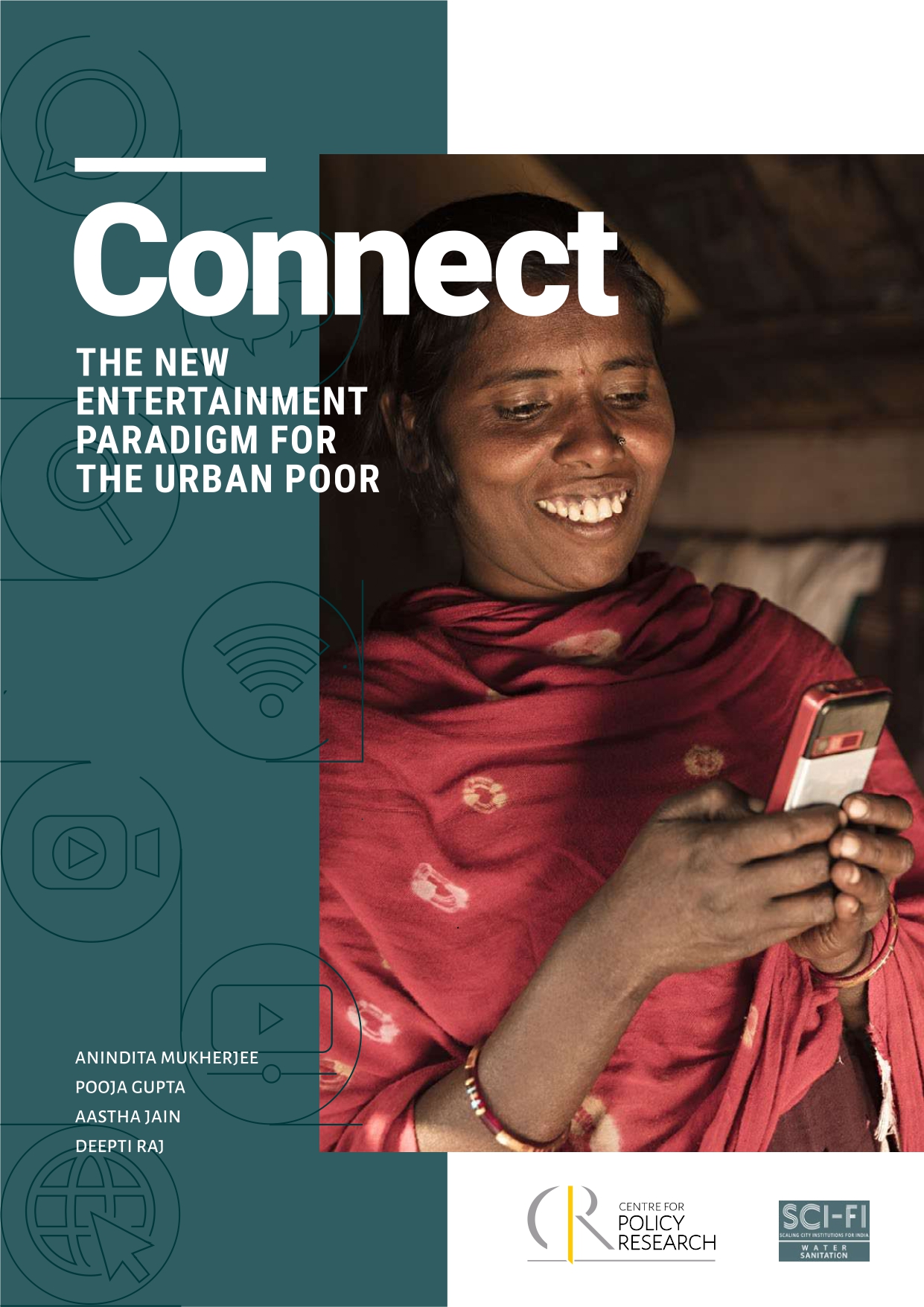With more and more people becoming upwardly mobile, coupled with increasing connectivity, there has been a spurt in online content consumption. The availability of a wide variety of content has attracted a large number of people, across demographics, with varying tastes and sensibilities. Easy access to low-cost smartphones and af fordable internet plans has accelerated the penetration
of digital media, especially among the economically weaker sections of society. This study involves a household survey in the slums of six big cities of India to throw light on the choices and behaviour of the urban poor population with respect to the digital space. The findings not only detail their choice of handset and recharge pattern, the preferred online platforms, the kind of content being consumed, the number of hours spent on dif ferent platforms, the preferred language of content, etc., but also how these choices vary across various socioeconomic and geographical categories. Learnings from the successful dissemination of the Swachh Bharat Mission
(SBM) campaigns are explored by comparing the performance of various traditional media with that of new and upcoming Over-the-Top (OTT) media. The study points to the necessity of building information systems to generate and use data to glean intelligent insights about urban poor communities as well as the services required for ef fective resource allocation and decision-making for universal improvement. It also talks about the probable COVID-19 influence on the OTT consumption pattern of the urban poor, OTT’s ef fectiveness as a medium to reach the last mile, and OTT platforms as an opportunity to be leveraged in times of a ‘nationally notified’ disaster.
The report concludes that OTT is an emerging media among the urban poor population across cities and has the potential to be used as an ef fective tool for reaching the underserved, especially to implement strategies related to Behaviour Change Communication (BCC).

